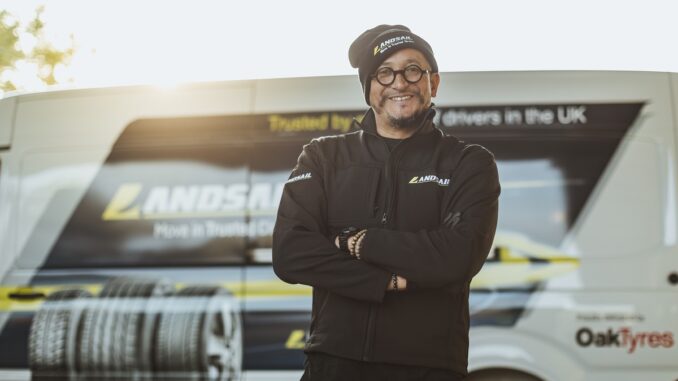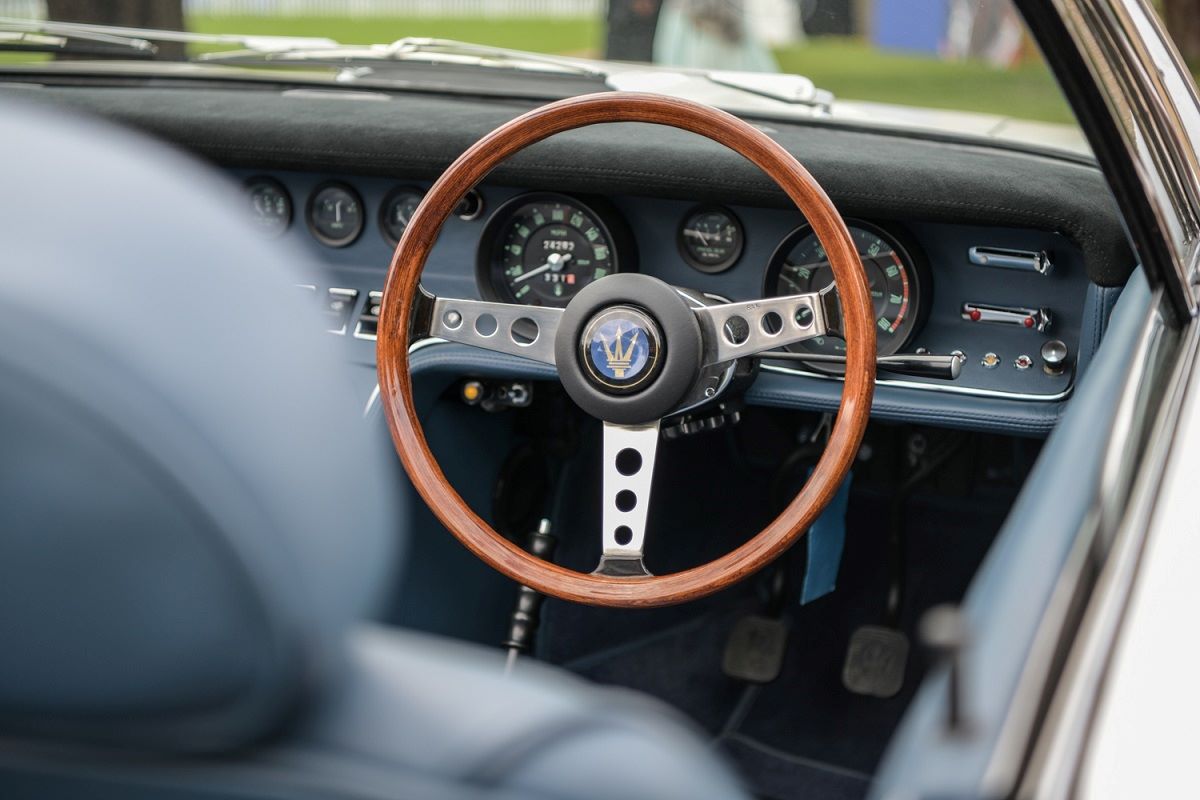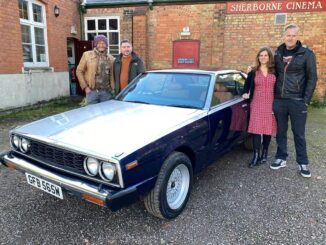
Fuzz Townshend is a television personality, motoring journalist for a range of automotive titles and Brand Ambassador for Landsail Tyres – one of the most well-established tyre brands worldwide. With years of experience as a mechanic and expertise in car restoration, I was fortunate enough to sit down with Fuzz, having first met him a few years ago when I interviewed him for a well-known car restoration show, and pick his brains on all things classic cars…
What would your recommendations be to anyone thinking of purchasing a classic car for daily or regular use because they don’t want an electric car?
“I would recommend that people looking for a ULEZ exempt Classic opt for a car which brings a smile to most faces. In this fashion, the ancient car’s green credentials may be better appreciated and understood. Go small; perhaps take a look at a 1920s to 1930s Austin Seven. They’re tiny on the outside, so easily accommodated, but as many a six-foot-plus driver will attest, they can be surprisingly commodious. Twenty-mile per-hour speed limits are a breeze in a Seven and feel like travelling at twice that.”
Bearing in mind that many classic cars are now expensive to buy, are there any particular cars that can still be purchased reasonably cheaply but still be deemed classic cars and where spare parts are still readily available?
“The current bargains on the market tend to be non-sporting models dating from the mid-1920s to the early 1960s. They’re looking for a new generation of custodians and you don’t need to be able to remember the cars for them to be a whole lot of fun, and valuable transport to boot. Go for something that your grandparents would have thought of as old.”
And are there any cars that you can pick up reasonably cheaply and worth restoring that you think will become classics in the future?
“The cars that always find an early market as collectible classics are sporting models. Think fast Fords. However, the wise money is in something that has already been well restored and so the overspend has hit a previous owner, or in an unmolested but well maintained original. Very few cars are worth restoring, if looking at them as a financial investment. Invest in fun instead.”

If someone was to buy a car that needs restoring and wants to update it with modern suspension, brakes, a more reliable cooling system and so forth, so it’s reliable as a daily runaround, are there any particular makes and models you would recommend that would lend themselves well for a refresh and update while still retaining their outer “classic car” look?
“I wouldn’t recommend buying a car which needs heavy restoration, unless you have the skills and facilities necessary to complete the job. But when it comes to brake upgrades, better friction materials, a disc brake conversion, or an added servo can help to bring down stopping distances. If you’re driving your Classic or vintage car in a 29mph zone and it won’t stop, there’s probably something wrong with it.
“As for other modifications, learn to live with the original specification. After all, that’s a huge part of the fun and general appeal.”
What would you recommend uprating and updating on a classic car so as to make it more reliable for everyday use?
“Making an old car easier to live with can be as easy as ensuring that the petrol is fresh, the spark plugs are clean and the plug leads relatively new and leak-free. Electronic ignition may remove a few moving parts from the ignition system, and a full-on electronic fuel injection conversion can see a classic fire up like a modern petrol-powered car.
“Personally, I’d stick with the original specification and keep on top of the maintenance as a part of the joy of ownership.”
For example, would you recommend updating the wheels on a classic car so you can fit modern lower profile tyres that would make the car handle and perform better on the road and of course safer to drive? And if so, what would you suggest?
“Before updating wheels and tyres, you should first ascertain whether the car’s steering and suspension will be adversely affected by the change. It’s likely that someone else has attempted such an exercise and they might be able to offer up some useful data.
“Consult your tyre manufacturer, distributor or fitting professional to check if there is a modern equivalent close to the original specification for your car. Landsail Tyre’s ever-expanding range might contain a tyre ideal for your classic, especially if it was built in the past forty years.”
And lastly, what would you personally choose as an ideal classic car for everyday use on Britain’s roads today?
“My ideal ULEZ exempt classic drive for today’s roads would be either a Triumph Vitesse; small, powerful (for its era) and with great club and spares support, or an Austin ‘Heavy’ 12 – admittedly slow, but almost guaranteed to leave you with a daft grin on your face.”
Author Bio:
Simon Burrell is Editor of Our Man Behind The Wheel, a professional photographer and former saloon car racing driver.
Photographs courtesy of Landsail Tyres and Gary Harman




Be the first to comment